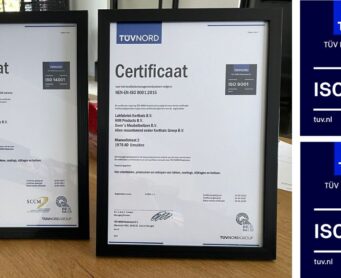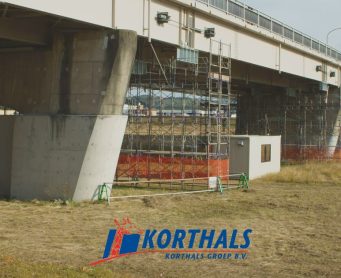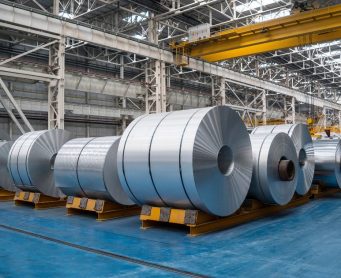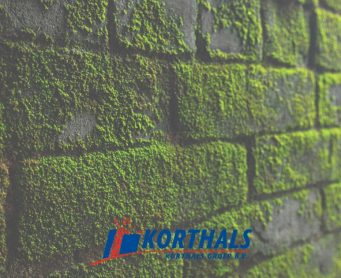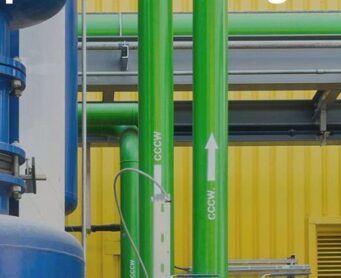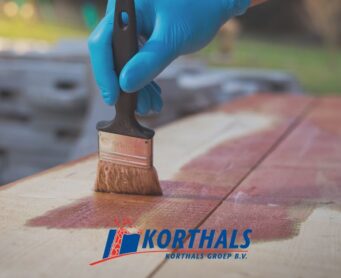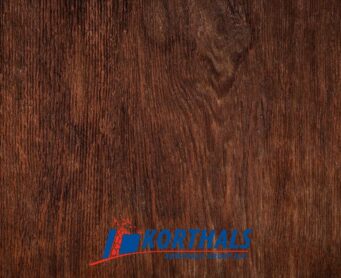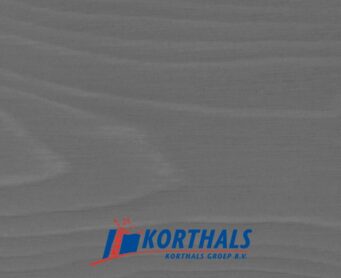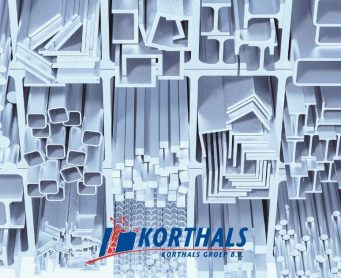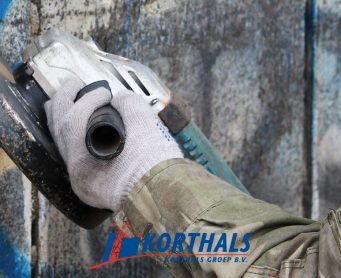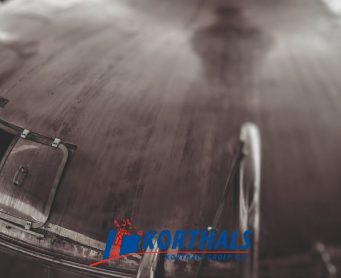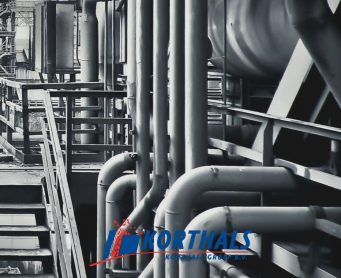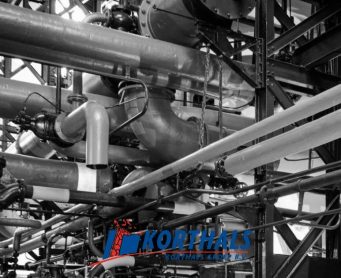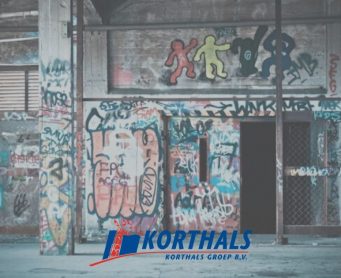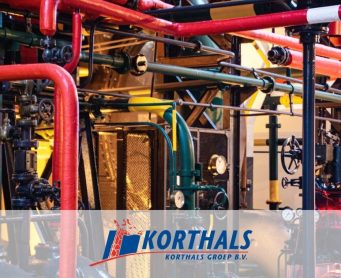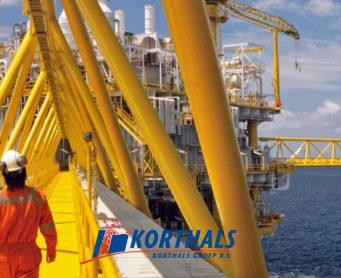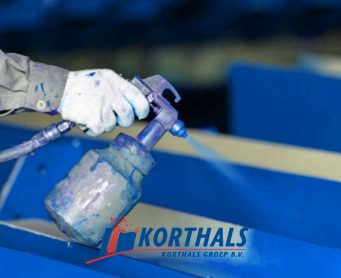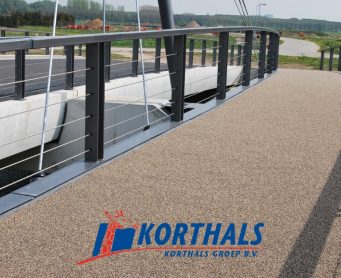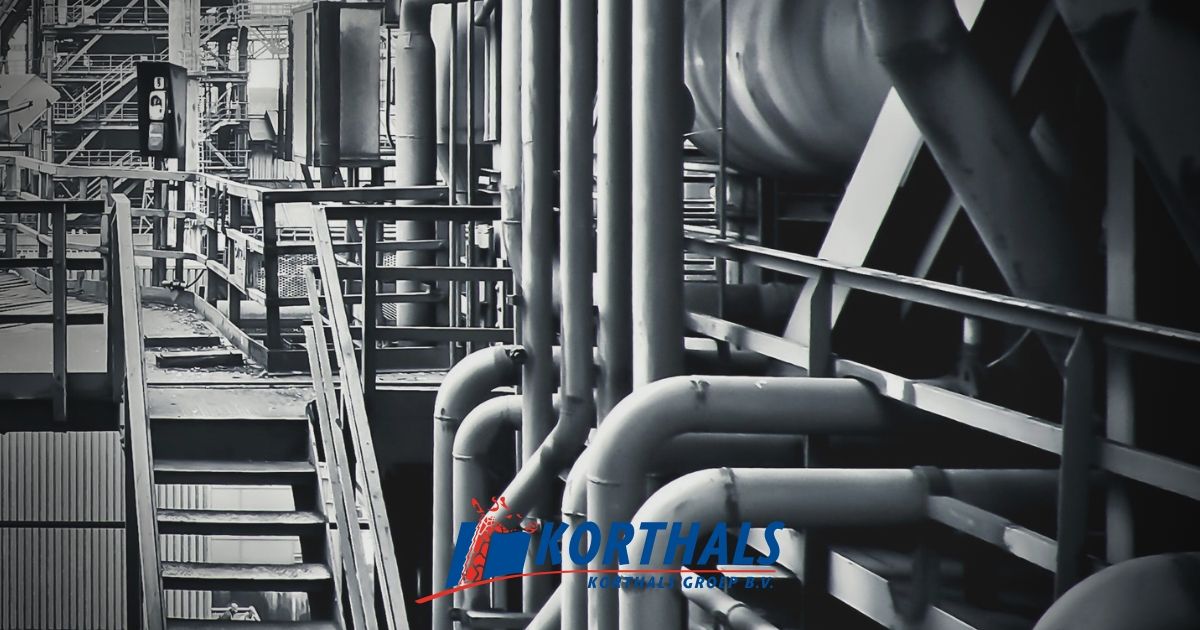
It’s a well-known fact that even as early as the 1950s, British Car manufacturer Rolls Royce applied temperature indicating paints (TIP) to determine profiles of combustion components. Also significant is the fact that temperature indicating paint is in general used in the Aviation Industry for testing the proper functioning of aircraft engines and gas turbines. A few examples clearly demonstrating that temperature indicating paints are perfectly suitable for quality control purposes. Here are some reasons why.
As stated before, temperature indicating paints change colour at a predetermined temperature. This may be used to indicate whether an object has been exposed to a minimum (or maximum) temperature. As a consequence, you are fully aware of heat developments taking place in your particular application.
Although temperature indicating paints are commonly applied to avoid crises in the processing industries, quality inspection is another widely used and perhaps underestimated practice. What are the possibilities and how does this procedure differ from other quality control solutions?
Certain production processes require a heat treatment where a minimum temperature is specified. To determine whether the specified temperature has been reached, simply apply a dot (2/3 mm) of temperature indicating paint on the object in question. When the colour change occurs, the specified temperature has been reached. Further processing can then be done.
“Temperature loggers and (adhesive) temperature stickers indicate temperature changes, but on a limited scale. Korthals’ Therm-O-Signal paints cover a temperature range of up to 600 °C.”
Following the same logic, some surface temperatures must remain below certain temperatures. For instance: aerodynamic forces generating frictional heat in the aircraft industry or heat in production facilities of electronics industries. When temperature limits are exceeded, it can result in the malfunction of objects, articles and other materials.
This can lead to severe consequences in terms of liability. For example, the fulfilment of warrantee claims regarding consequential damage and consequential loss leading to lost profit. In other words: temperature indicating paint can be adopted as an insurance policy safeguarding warranty agreements.
As you can tell, temperature indicating paints indicate whether the requirements regarding minimum or maximum temperatures have been followed properly. Our Therm-O-Signal paint offers clear monitoring of temperature exposure and therefore, is perfectly suitable for quality control purposes.
Want to find out which of our Therm-O-Signal paints are suitable for your routine? Then use our Therm-O-Signal advisory tool! With thismodule, you’ll know immediately which temperature indicating paint(s) correspond(s) to your needs. Please feel free to contact us for any further details on selecting the right temperature indicating paint.
Use our Therm-O-Signal advisory tool Publication date: 2019-12-16
Category: News
